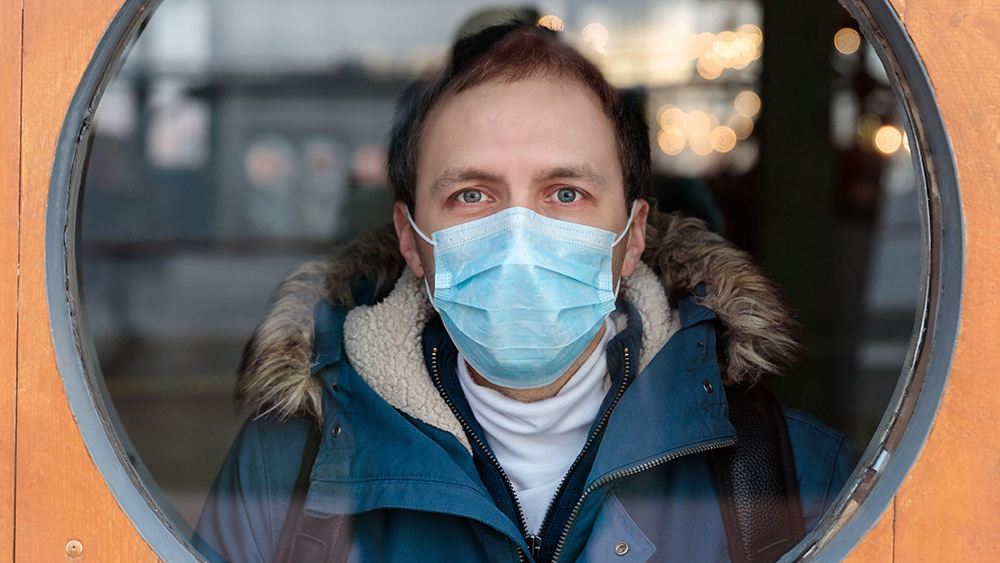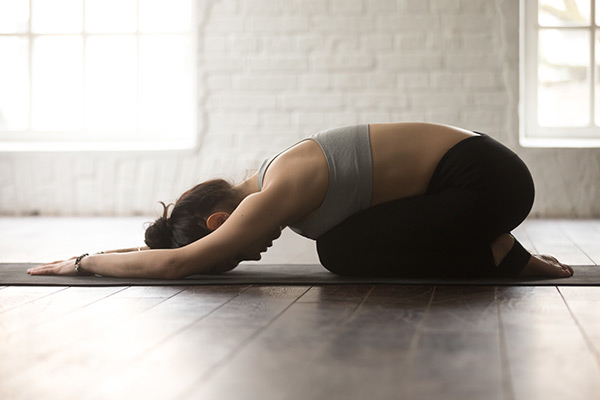Fewer Americans are practicing social distancing – will this complacency lead to a second wave of COVID-19?
06/01/2020 / By Isabelle Z.

If you take a look at all the businesses reopening across the U.S., you might think that much of the threat of coronavirus has now passed. Restaurants are starting to fill up again, and people are crowding onto beaches and into parks like nothing ever happened. A return to pre-shutdown life is sure to have a positive effect on us mentally and economically, at least in the short term, but could this complacency come back to haunt us?
A new Gallup poll shows that just 58 percent of American adults were isolating themselves to some degree during the week from May 4 to 10, with 17 percent completely isolating and 41 percent mostly isolating. This is down from the high of 75 percent that was noted the week of March 30 to April 5 and marks a return to the levels seen before many states put stay-at-home orders in place.
“Completely isolating,” for the purposes of the poll, meant having no contact with individuals outside of your household, while “mostly isolating” was defined as having very little contact with those outside the household. The week under question coincided with the expiration of stay-at-home orders in many states.
However, Gallup notes that drops in social distancing were seen among people living in states where restrictions are still in place as well as those that are easing off orders. At the start of the week, 21 states did not have any stay-at-home orders in place, either due to a previous order expiring or never putting one in place to begin with. In these states, 51 percent of adults said they were either completely or mostly isolating themselves, a drop from the 64 percent of adults who said the same two weeks before.
Even more concerning was the fact that the percentage of adults who were completely or mostly isolating in states that have kept their stay-at-home orders in place during the time studied fell from the 71 percent seen from April 20 to 26 down to 64 percent. This indicates that there are factors beyond state guidelines that are pushing people back into society.
The data also shows some interesting divides. For example, women are taking social distancing far more seriously than men at 67 percent versus 49 percent, despite the fact that men are believed to have a greater COVID-19 risk. While both genders say they’ve become less likely to use social distancing over the last two weeks, the drop seen in men was double that of women at 14 points versus 7 points. Meanwhile, Democrats are far more likely to report social distancing, with 72 percent doing so versus 57 percent of Independents and 45 percent of Republicans.
When it comes to where people are going these days, it should come as little surprise that 30 percent say they’ve gone to their workplace in the last 24 hours. Forty-nine percent report going to a grocery store and 19 percent have visited someone’s house. The percentage of people heading to restaurants, however, has remained constant at 13 percent for the last three weeks.
Are people becoming too complacent?
It would be great if we could tell ourselves the worst of it is behind us, but many public health experts have been warning the world that lifting measures too early could cause a rebound in coronavirus cases. In some places where the virus first hit, like China and South Korea, cases climbed after restrictions were lifted and some have even had to put measures back in place.
Unfortunately, we could well see a second-wave surge of the virus around eight weeks from now. Before you head out, ask yourself if where you’re going is really worth taking on the potential risk to yourself and those around you.
Sources for this article include:
Tagged Under: coronavirus, covid-19, infections, outbreak, pandemic, social distancing, stay-at-home orders, virus

















